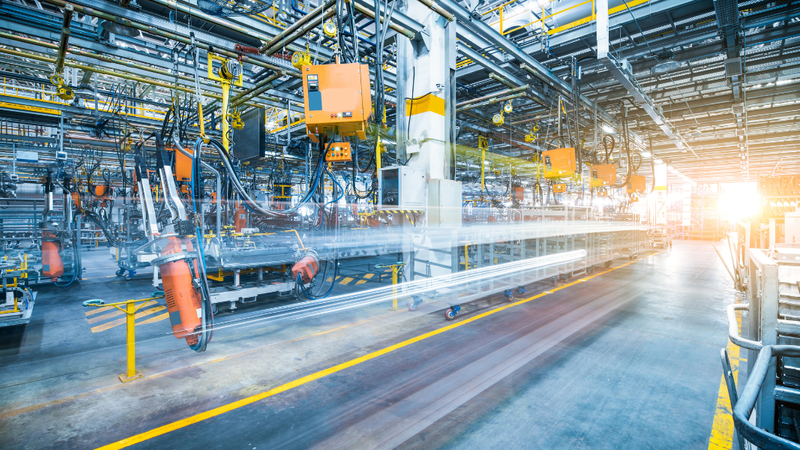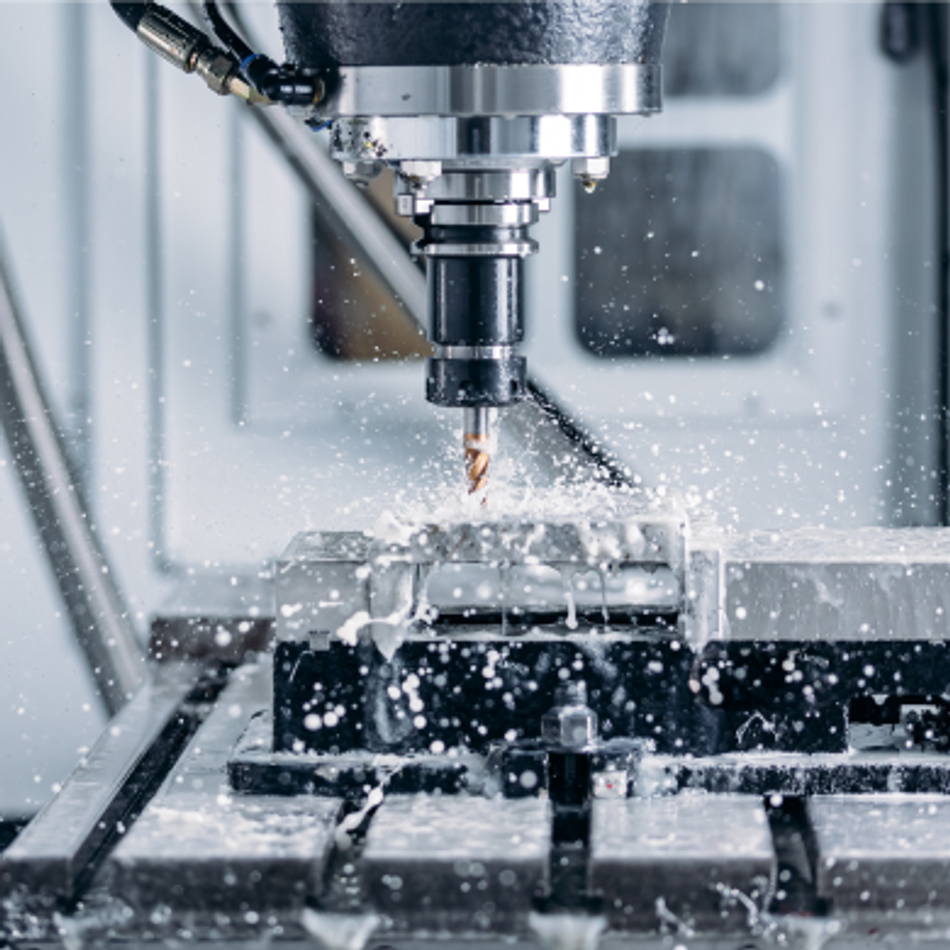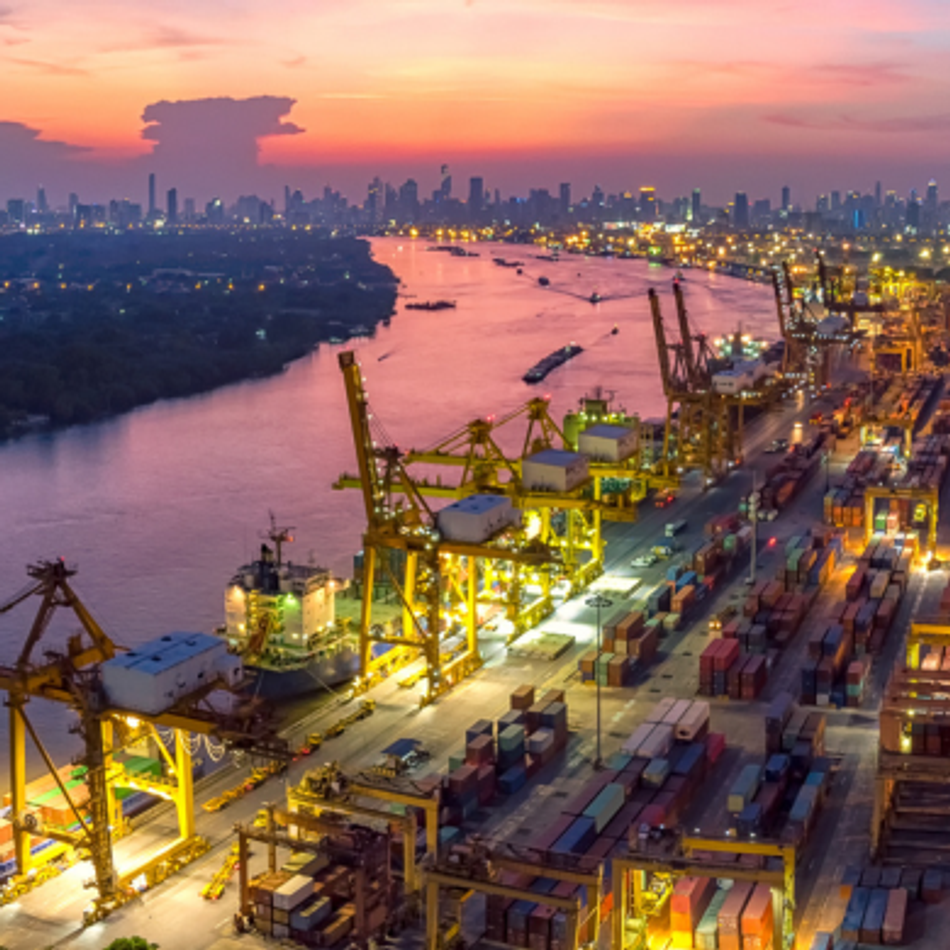What Is On-Demand Manufacturing?
Since the days of the Industrial Revolution, manufacturing has been associated with scale. Small artisanal and home workshops gave way to major factories producing large quantities of goods, employing a massive workforce to carry out repetitive and increasingly mechanised tasks.
This article was first published on
www.rowse.co.ukBut this model is now giving way to something new. On-demand manufacturing is an emerging trend that promises to meet consumer requirements while cutting costs and increasing production control for manufacturers. Let’s take a closer look at this development.
Traditional Manufacturing: A Vulnerable System
In traditional manufacturing, products are made in large batches. They are then kept in warehouses until an order is received and the items are sent to the distributor. From there, they are delivered to individual customers. This model was the basis of the industrial economy, but it has some vulnerabilities that can seriously impact businesses.
This became especially evident during the COVID-19 pandemic when lockdown measures kept workers at home and disrupted the supply chain. Facing greater economic uncertainty, many customers also cut their costs and placed fewer orders. Some businesses adapted and even thrived, but for others, the upfront costs involved in traditional manufacturing rapidly became unsustainable. They were forced to reduce their workforce, scale down operations, or close altogether.
The pandemic also affected consumer behaviour, with more people ordering goods online as and when needed. With this on-demand model on the rise, it’s hardly surprising that on-demand manufacturing is a growing trend, too.
New Method For A New Technological Age
On-demand manufacturing is sometimes referred to as “cloud manufacturing” – and that’s no accident. Cloud-based technology is a major factor in enabling manufacturers to move to an on-demand model, with customers placing orders on an online platform. They can communicate with the manufacturer, upload models and specifications and receive feedback remotely and in real-time.
The other factor in the growth of on-demand manufacturing is the emergence of new manufacturing methods. In many sectors, the large, maintenance-intensive machines of the old factories are no longer necessary. 3D printing is increasingly accessible, as is CNC (Computer Numerical Control) machining. These technologies can be used separately or together for rapid, cost-effective precision manufacturing. They’re economically accessible too: an entry-level 3D printer is well within the budget of small businesses, sole traders and enthusiastic hobbyists.
These machines also have the advantage of being lightweight and compact, as well as easily operable by a single user. This reduces overheads and increases scalability, making on-demand manufacturing appealing both as a primary line of business and as a way to use up spare capacity. But those aren’t the only advantages.
MEETING THE NEEDS OF END USERS
Depending on the sector, end users can have a wide spectrum of needs and wants. The fixed hardware setup of a traditional factory makes it expensive and difficult to offer any significant degree of personalisation, at least at a cost acceptable to the buyer. And with a system calibrated to produce large batches of the same product, small orders are rarely feasible.
With on-demand manufacturing, a customer can order just one prototype and have it made and delivered within a very short timescale, no matter how complex the job. Precision manufacturing of custom, lightweight components is crucial in various industries such as medical, aerospace and automotive engineering. These sectors are where on-demand manufacturing can thrive.
STREAMLINING STORAGE AND LOGISTICS
As the pandemic showed, the logistics of conventional manufacturing are complex and delicate. A delay or crisis at one point in the supply chain can disrupt all the others, with serious operational and economic consequences.
This model also incurs high overheads, with large and complex storage requirements as well as security and insurance. Operating, maintaining and monitoring transportation and logistic systems requires extensive equipment and personnel, plus a dedicated sales and marketing network. All this adds to the high cost of manufacturing and renders small-scale ordering unsustainable.
Contrast on-demand manufacturing, where individual orders are placed directly with the manufacturer, and each finished product is shipped directly to the client. While bulk production can certainly be cost-effective for mass-produced components, this model is far more flexible and can accommodate product runs from a single item right up to the thousands.
REDUCING WASTE, EMPOWERING INNOVATION
Traditional manufacturing naturally makes customers risk-averse. Over-ordering, or commissioning a design that isn’t entirely suitable, can lead to a great deal of wasted material and sunk expense. Changing global conditions can also impact the market, making yesterday’s purchase estimate entirely inaccurate today.
This is a major advantage of the on-demand model, especially for smaller and more specialist businesses. The short lead time means that products can be manufactured once they’re sold – with no wastage, no storage and far less economic risk. And if a prototype doesn’t quite work yet, it’s fast and easy to adjust the design and make a new one.
The Future Of Manufacturing?
Despite its risks and shortcomings, conventional manufacturing continues to be the most practical, cost-effective option for certain sectors. At the moment, the advantages of the on-demand model are most obvious for innovation-driven sectors, small businesses and specialist consumers. This is where the short lead times, ease of customisation and simplified logistics all bring direct benefits to bear.
However, that doesn’t mean a greater change isn’t coming. The possible applications of 3D printing for mass production are starting to become clear, challenging the dominance of traditional manufacturing plants. The emergence and growth of on-demand manufacturing might well be the beginning of a broader industrial revolution.


